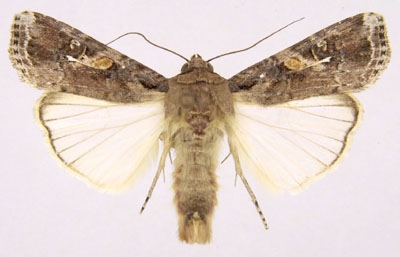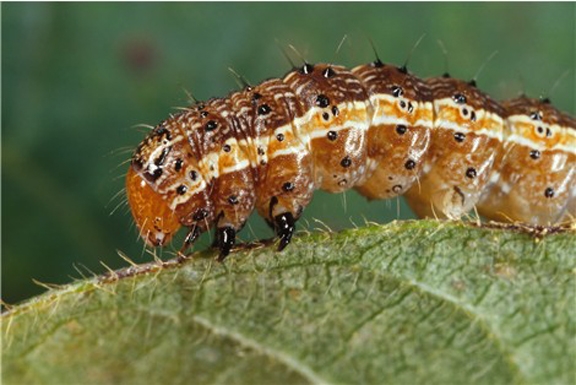
Bugs, not so much.
Because they're targeted.
Especially the fall armyworms.
California's 2015 rice season indicated unprecedented levels of armyworms--the highest of the last 25 years, according to Extension entomologist Larry Godfrey of the UC Davis Department of Entomology and Nematology.
He's one of the speakers at the annual California Rice Field Day, set Wednesday, Aug. 31 at the Rice Experiment Station, Biggs. His topic: “The Rice Insecticides: Maximize Use of IPM Tactics to Conserve These Products."
Godfrey, who has addressed Rice Field Day for 25 years, will discuss how the California rice industry's use of insecticides is threatened by two major factors: the development of insecticide resistance and regulatory actions.
Godfrey, who has addressed Rice Field Day for 25 years, will discuss how the California rice industry's use of insecticides is threatened by two major factors: the development of insecticide resistance and regulatory actions.

The program will begin at 8:30 a.m. with a general session that serves as the annual membership meeting. Posters and demonstrations will be displayed during registration until after lunch.
Field tours of research will emphasize progress on rice variety improvement, and disease, insect pest, and weed control. The program will conclude at noon with a lunch that includes...guess what?...drum roll...rice.
And the fall armyworm? If not controlled, the pest can wreak havoc on crops such as rice. The pest is the larva or caterpillar of the moth, Spodoptera frugiperda. The armyworm apparently gets its name because an "army" of caterpillars will eat everything in sight and then move on to anything out of sight.
Sort of like "eating you out of house and home."
Attached Images:
